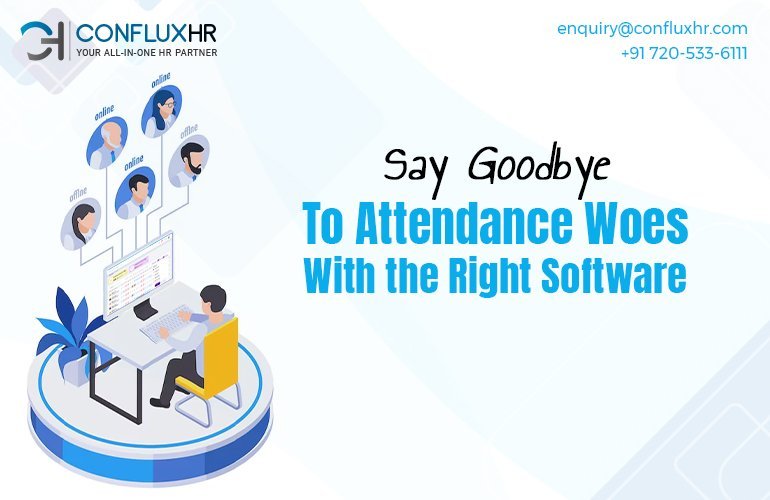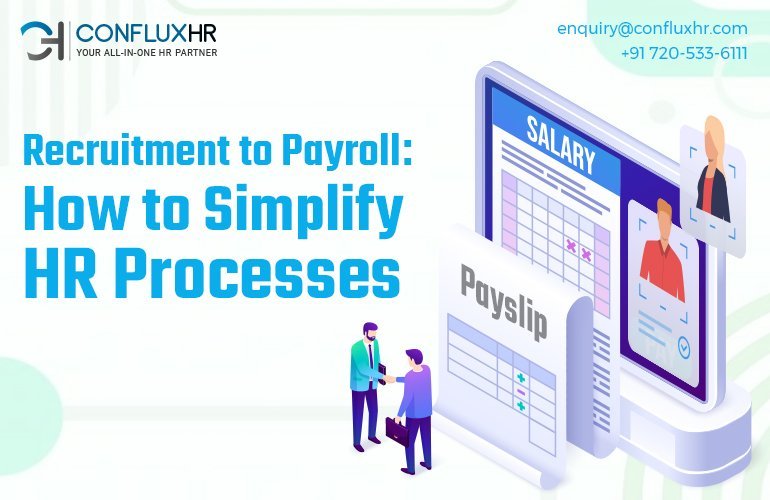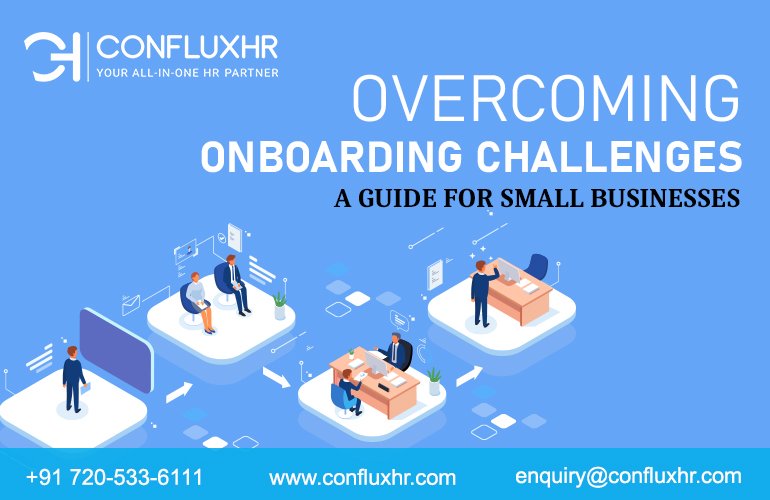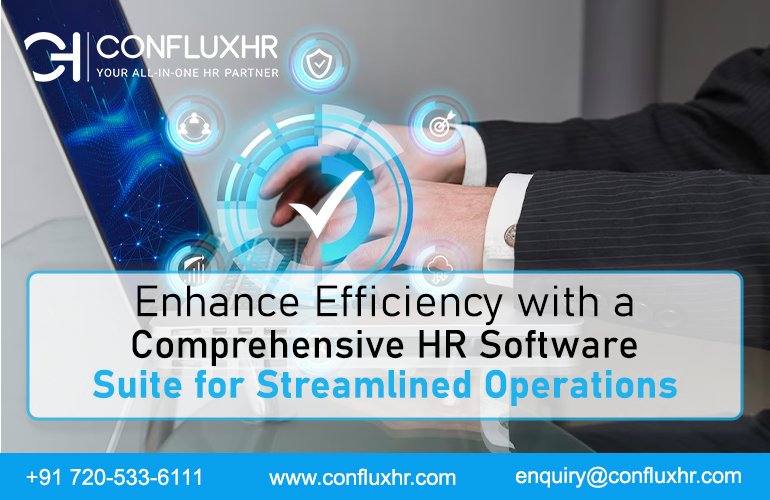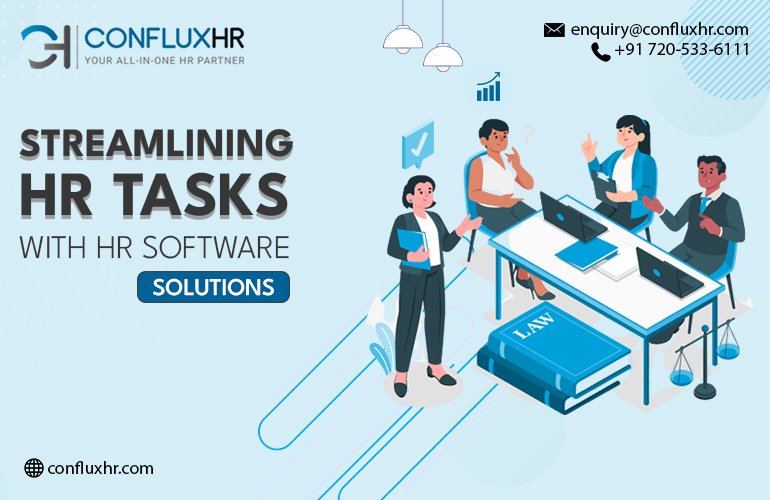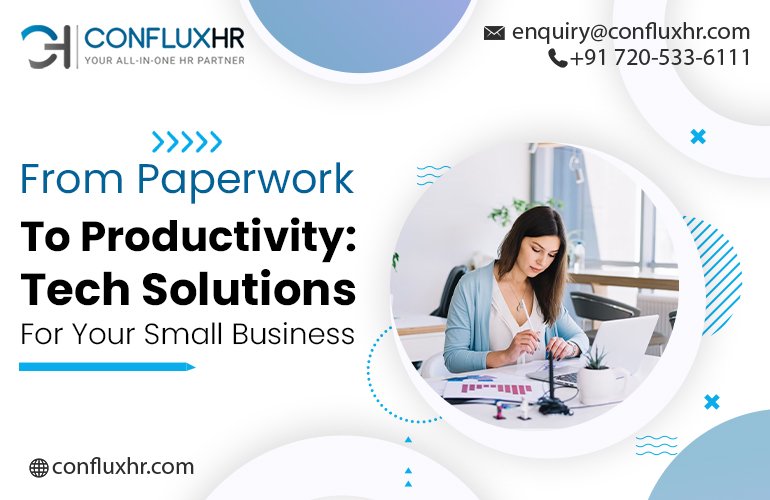Recruitment management software is essential for businesses to streamline their hiring process. Traditional methods have their drawbacks, but using recruitment management software can automate the process and improve the efficiency and accuracy of the recruitment process. This blog discusses the benefits of using recruitment management software and the features businesses should consider when choosing the right software.
Challenges of Traditional Recruitment Methods
Traditional recruitment methods, such as manually tracking resumes and scheduling interviews, can be time-consuming and prone to errors. Recruitment management software can automate applicant tracking and interview scheduling, providing businesses more time to focus on other aspects of recruitment.
Features of Recruitment Management Software
ConfluxHR’s recruitment management software offers features such as resume parsing, automated candidate communication, and interview scheduling. These features streamline the hiring process, improve candidate engagement, and provide better insights for hiring decisions.
Benefits of Using Recruitment Management Software
Recruitment management software can reduce the time and effort required for recruitment, improve candidate engagement, and provide better insights for hiring decisions. This leads to better hiring decisions and reduced turnover, resulting in business cost savings.
Case Study
A business successfully implemented ConfluxHR’s recruitment management software and saw significant benefits, including a reduction in recruitment time by 40% and an increase in the quality of hires.
Comparison with Traditional Recruitment Methods
Using traditional recruitment methods can lead to errors and inconsistencies. Recruitment management software increases accuracy and efficiency, leading to a streamlined and more effective recruitment process.
How to Choose the Right Recruitment Management Software
Businesses should consider evaluating features and pricing when choosing the right recruitment management software. User interface, scalability, and customer support should also be considered.
Conclusion
Recruitment management software is essential for businesses to streamline recruitment processes and improve hiring decisions. By automating applicant tracking and interview scheduling, businesses can reduce the time and effort required for recruitment and improve the quality of their hires. Choosing the right recruitment management software can make a significant difference in the success of a business’s recruitment process.




